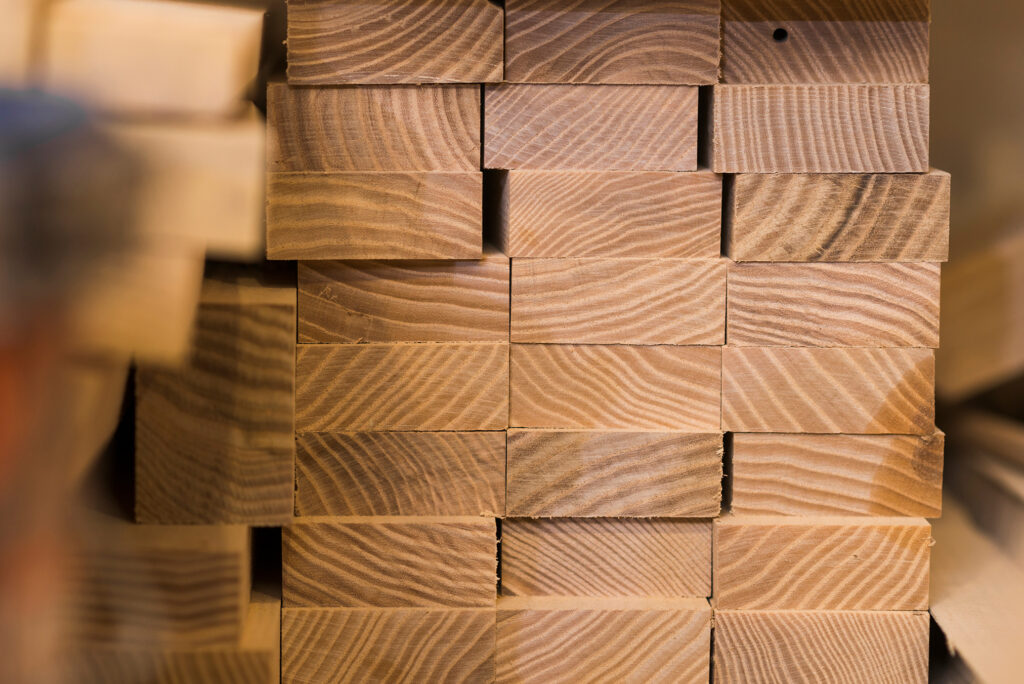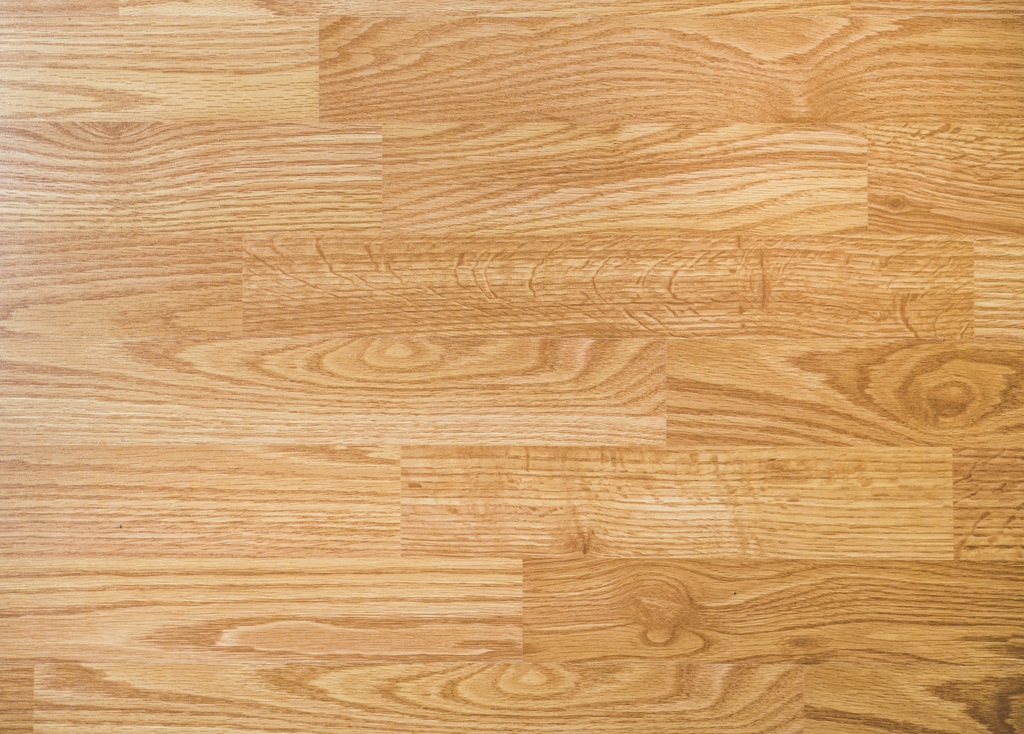Acclimating a wood floor is an important step to ensure its proper installation and long-term stability. Wood is a natural material that reacts to variations in temperature and humidity. Allowing the wood flooring to acclimate to the environment before installation can help reduce the risk of expansion, contraction, warping, or buckling that may occur if the wood is installed without acclimation.
Store hardwood flooring properly
Storing hardwood flooring correctly is essential to maintaining its quality and durability. You have to choose an appropriate storage location; it has to be a clean, dry, and temperature-regulated area. This area should be away from direct sunlight, extreme temperature fluctuations, and moisture.
Before storing, the hardwood flooring should be acclimated to the environment where it will eventually be installed. This process involves allowing the wood to adjust to the humidity and temperature levels of the space.

Prepare installation hardwood flooring
Stack the hardwood flooring on a flat surface, using wooden spacers between each bundle or box to allow for proper air circulation. Avoid stacking the flooring too high, as this can lead to warping or damage.
Cover the stacked hardwood flooring with a breathable material, such as a tarp or plastic sheet, to prevent dust accumulation while allowing air to circulate. Avoid using non-breathable materials like plastic wraps, as they can trap moisture and promote mold growth.
Check moisture content
When acclimating wood flooring, it is essential to periodically check the moisture content using a moisture meter. Wood flooring installers typically aim for a moisture content between 6% and 9% for hardwood floorboards, which is based on an indoor temperature of 60-80° F and 30-50% relative humidity.
It is crucial to measure the moisture content accurately, as high moisture levels in the subfloor or the wood flooring itself can lead to issues such as peeling, defects, imperfections, and discoloration. By using a moisture meter, you can detect early moisture issues and ensure a successful installation.

acclimating (4) Advice for hardwood floors (2) Benefits of hardwood floors (2) Best floor options (2) climate (3) Dark hardwood floors (2) dark hardwoods stain (2) eco-friendly (2) engineered flooring (3) Engineered hardwood (3) floating floor (2) Flooring (24) Flooring design (2) flooring installation (3) flooring maintenance (3) flooring refinish (2) flooring refinish cost (2) flooring trends (2) Floor renotavion (36) Floor Renovation (5) hardwood (4) Hardwood design (4) hardwood floor (68) Hardwood floor cleaning (18) Hardwood floor damage (6) Hardwood flooring (75) Hardwood Floor Maintenance (3) Hardwood floor maintence (25) Hardwood floors stain (2) Hardwood installation (31) Hardwood maintenance (33) Hardwood refinishing (33) hardwood species (2) Humidity (5) moisture (9) natural oil finishes (2) New Technologies (2) refinishing (3) sustainability (3) sustainable flooring (2) wide plank (4) wood (2) wood floor (4) Wood flooring (43) Wood flooring industry (2)
Renova Flooring
Sanding and refinishing hardwood floors is our specialty. It’s what we do best. If you have hardwood floors that have seen better days and you want to bring them back to better than new condition, this is the service for you. We absolutely love bringing old, worn out floors like yours to back to life.

